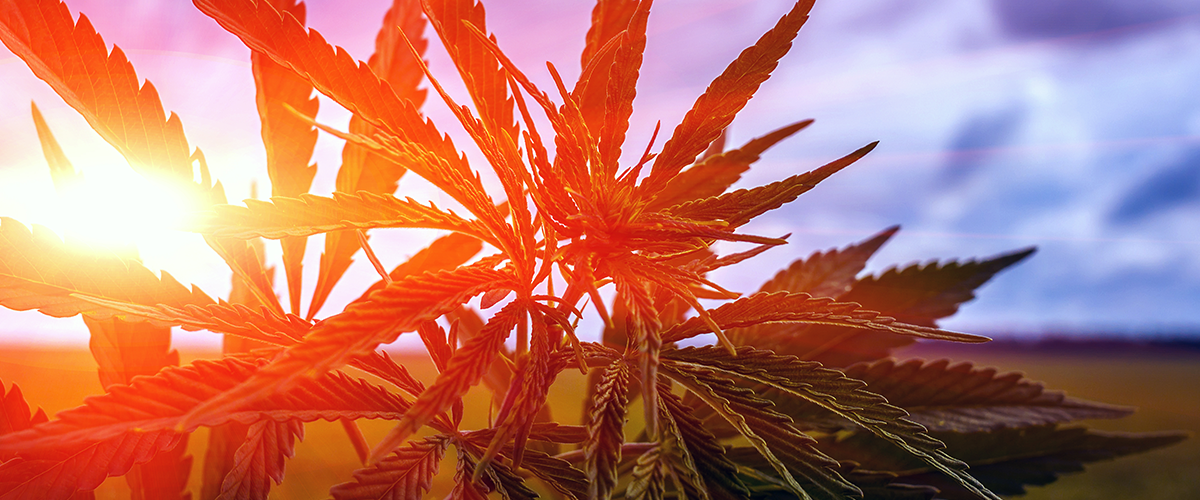[vc_row][vc_column][vc_column_text]
A new environmental impact report concludes that California’s emerging legal cannabis industry won’t adversely affect the environment if growers follow proposed regulations.
A year-long study investigating the potential environmental impact of California’s developing legal marijuana industry has concluded that growing cannabis won’t have significant negative effects provided growers follow the proposed state regulations. The 484-page report, conducted by the Department of Food and Agriculture’s new CalCannabis Cultivation Licensing division, was ordered by state lawmakers in 2015 in an effort to identify and address potential environmental problems.
“This is really probably the most informative document we’re going to see before the rules are in place,” said Hezekiah Allen, a Humboldt cultivator and executive director of the California Growers Association, the Cannifornian reports.
Potential impacts on aesthetics, air quality, noise, and water quality by the growing of medical and recreational marijuana cultivation are covered in the report. It also outlines suggested regulations to minimize the impact of cannabis growing.
Provided growers follow proposed regulations by using renewable energy, controlling water runoff, and only cultivating cannabis in permitted areas, the negative effects will be “less than significant for all natural resource areas analyzed.” Additionally, the report concludes that the proposed licensing program, in which there will be six licenses that permit different cultivation methods, is the “most environmentally sustainable approach.”
If the regulations outlined in the report are put in place, Allen believes the cannabis industry “might grow to be one of the largest sustainable agricultural industries in the state.”
Despite recreational marijuana being legalized in California only last November, the state already produces an estimated 60 to 70 percent of all cannabis grown in the U.S., according to the report. Roughly 13.5 million pounds of cannabis were grown in California in 2016, including about 650,000 pounds of medical cannabis, 11 million pounds for export outside of the state, and 1.85 million pounds for in-state nonmedical use.
Illicit grows that have been going on for decades have done significant damage to the state’s waterways, forests and other natural resources. The state budget, approved earlier this month, sets aside $1.5 million to help address the environmental harm that has been caused by these illicit cannabis grows. The environmental impact from illegal cannabis growing was a major reason groups like the Planning and Conservation League backed Proposition 64. Regulating the market, the report predicts, won’t cause an increase in the state’s overall cultivation, but will shift the current makeup by reducing black market growing and increasing licensed production.
The entire report, “Draft Program Environmental Impact Report,” is available via the California Department of Food and Agriculture. It’s expected that the final rules for recreational cultivators will be released sometime this fall. The public can comment on the report until July 31, and all comments will be reviewed and taken into consideration before the Department of Food and Agriculture develops its final report.
California’s soon-to-be-operational recreational marijuana market is expected to have annual sales of $5 billion.
Keep up with the nation’s growing legal cannabis industry by regularly visiting our news feed.[/vc_column_text][/vc_column][/vc_row]






